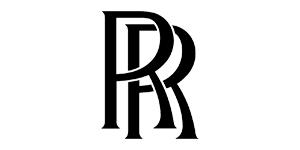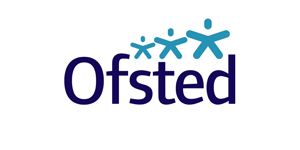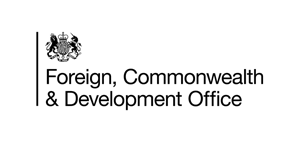7 Tips to get the most from Coaching Supervision

Coaching supervision is increasingly part of the coaching landscape. At its best, it offers a safe, supportive, reflective space to enable us as coaches to develop our capacity to respond more deeply and effectively in service of our clients – both for our coachees and, if we are working in organisations, the system they are part of.
But how do you get the most out of it? There are lots of ways to use a session. Here are 7 suggestions.
- To bring an issue regarding a particular client or session. Maybe one where it feels stuck. Or you have a niggle you can’t put your finger on. Or you feel it didn’t go the way you hoped and want to unpack what happened. This is typically the way many think about using supervision. It can be a rich source of learning and growth. But it is only one option…
- To stand back and look at your coaching practice holistically to explore themes or patterns – what is going on for you systemically as a coach? Do you notice you tend to use the same tools again and again with different clients? Supervision can help refresh your coaching toolbox and explore new options.
- To review your development plan as a coach. What might be your coaching growth edges where you would like support? For your developmental journey as a coach, where are you now compared to 12 months ago. Where do you want to improve as a coach?
- To look at particular aspects of the coaching cycle. For example, how do you approach your contracting with clients? What are your feelings about goal-setting and how does that impact on client outcomes? How do you feel about the endings part of the coaching work?
- To celebrate! Coaching can be a lonely business and supervision is an important place to bring your successes, to share what you are pleased with and what is working well.
- To stay connected. The realities of life can sometimes mean we lose contact with our coaching practice. Maybe you are an internal coach or coach as part of a wider portfolio, and perhaps you haven’t coached for a while. It can still be helpful to stay in regular supervision. Coaching skill is like a muscle – use it or lose it. Supervision can help us stay fresh even when clients are thin on the ground.
- To support your self-care. As Coaching Supervision Academy Director Edna Murdoch notes, who we are is how we coach. This can make it especially important as coaches that we have practices of self-care which support our resilience and well-being so we can work effectively with clients. The image sometimes used is like on planes – ensuring we put our own oxygen mask on first before trying to help others. Supervision can be a valuable support for that.
Still not sure what it can offer? Keeping a reflective journal on your coaching practice can be a great way of helping you spot what is wanting attention and for seeing patterns over time.
One final thought. Notice also what you are reluctant to bring. Fear of being judged is one of the biggest barriers to effective supervision. Discussing what you need to feel comfortable sharing your real coaching challenges can be part of contracting with your supervisor.
As Marcel Proust reminds us, “the real voyage of discovery consists not in seeking new landscapes, but in having new eyes.” Supervision offers numerous ways of looking with new eyes on our coaching practice to discover new insights, for ourselves and for our clients.

This blog is written by Paul Heardman. This blog is written by Paul Heardman. Paul completed his ILM Level 7 Certificate in Coaching Supervision with the British School of Coaching in 2021. He also has a Masters in Coaching and Behavioural Change and is a member of the Association of Coaching Supervisors. Paul is accredited with both the EMCC and APECS.






